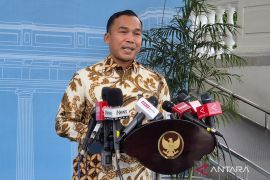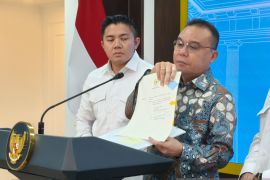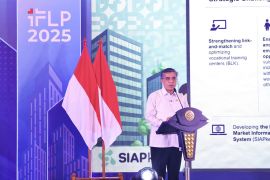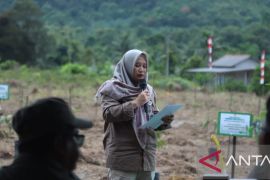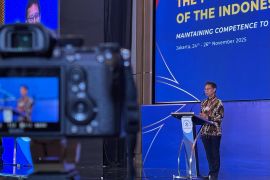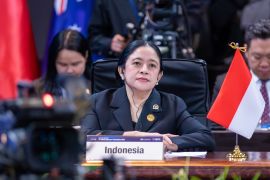The program aims to release 40 orangutans until the end of 2013. So far, the program has completed three stages; the first was the release of six orangutans on 21st November 2011. the second stage was the release of five orangutans on December 11, 2012. And the recent was the release of 10 orangutans as well as inaugurating the Seluang Mas Camp Release which is served to monitor and convey the post-release evaluation of orangutan in its original habitat.
Since the orangutan conservation will surely mark the forest conservation as well, orangutan is considered as the key species becoming a symbol to raise and increase the public awareness of all the community elements to take part in the conserving activity. On the other hands, in terms of the science, the study of orangutan gives a distinctive fact as it emerges a branch of a great ape evolution that's simply different with the African great ape. As the only Asian endemic great ape, orangutan is potential to be the tourism icon of Indonesia, especially Kalimantan.
Indonesia has two species of orangutan; Sumatran orangutan (Pongo Abelli) with the total population of 6600 orangutans and Kalimantan orangutan (Pongo Pygmaeus) with the total population of 36.000 orangutans. Orangutan is the only Indonesian primate that has an unparalleled role in Indonesia's biodiversity as well as the only Asian endemic great ape - while its three other relatives; gorilla, chimpanze and bonobo, are the African endemic apes.
About 70% of orangutan population turns out to live on the outside of the protected areas (national parks, wildlife, natural reserves, natural parks and protected forests), so that the conserving activities confront with a number of obstacles and challenges (the plantation developments, forest exploitations, mining activity, etc) , restricting and chopping off the orangutan's habitats. Therefore, the orangutan viability is increasingly threatened, and even it often occurs the human-orangutan conflict, which usually ends up with the death of the animal. In addition, orangutan is often used as the hunting object because the forest-based business sector considers it as a pest.
Through the Ministry of Forestry, during the UNFCC held in Bali, the President of Republic of Indonesia has signed the Order of Forestry Ministry No.53/Menhut-IV/2007 on December 3, 2013 regulating the Indonesian Orangutan Conservation and Plan of Action, which has been implemented from 2007 until 2017. The orangutan conserving program has also been applied through a various comprehensive approaches, such as REDD+ scheme, the natural forest and peat lands establishment moratorium, the natural resource improvement for the conservation area management, the forest restoration and rehabilitation and the orangutan redemption through rehabilitation, translocation, and the release to its habitat.
Editor: PR Wire
Copyright © ANTARA 2013

